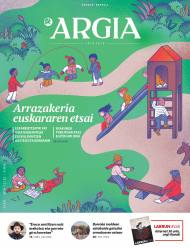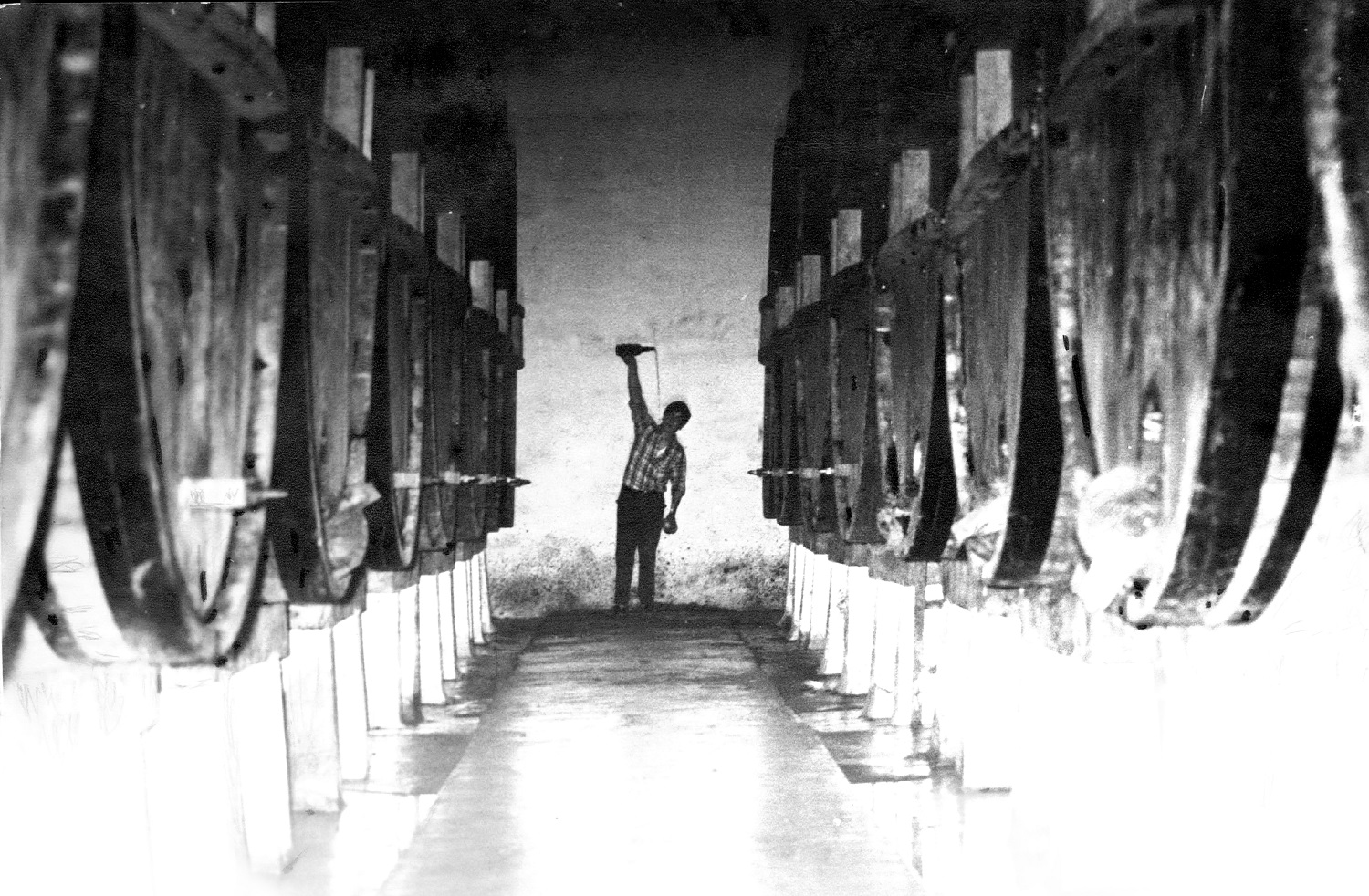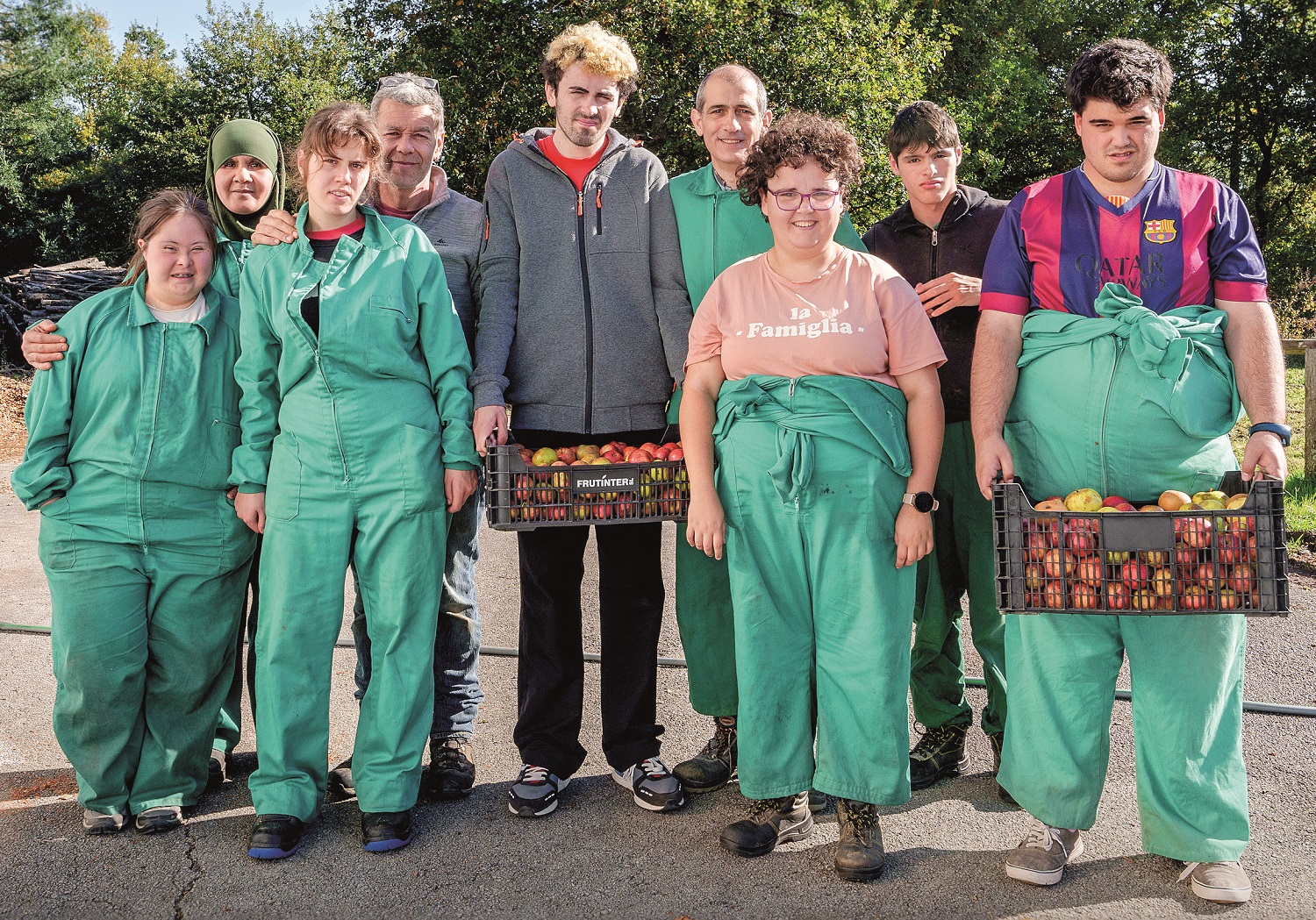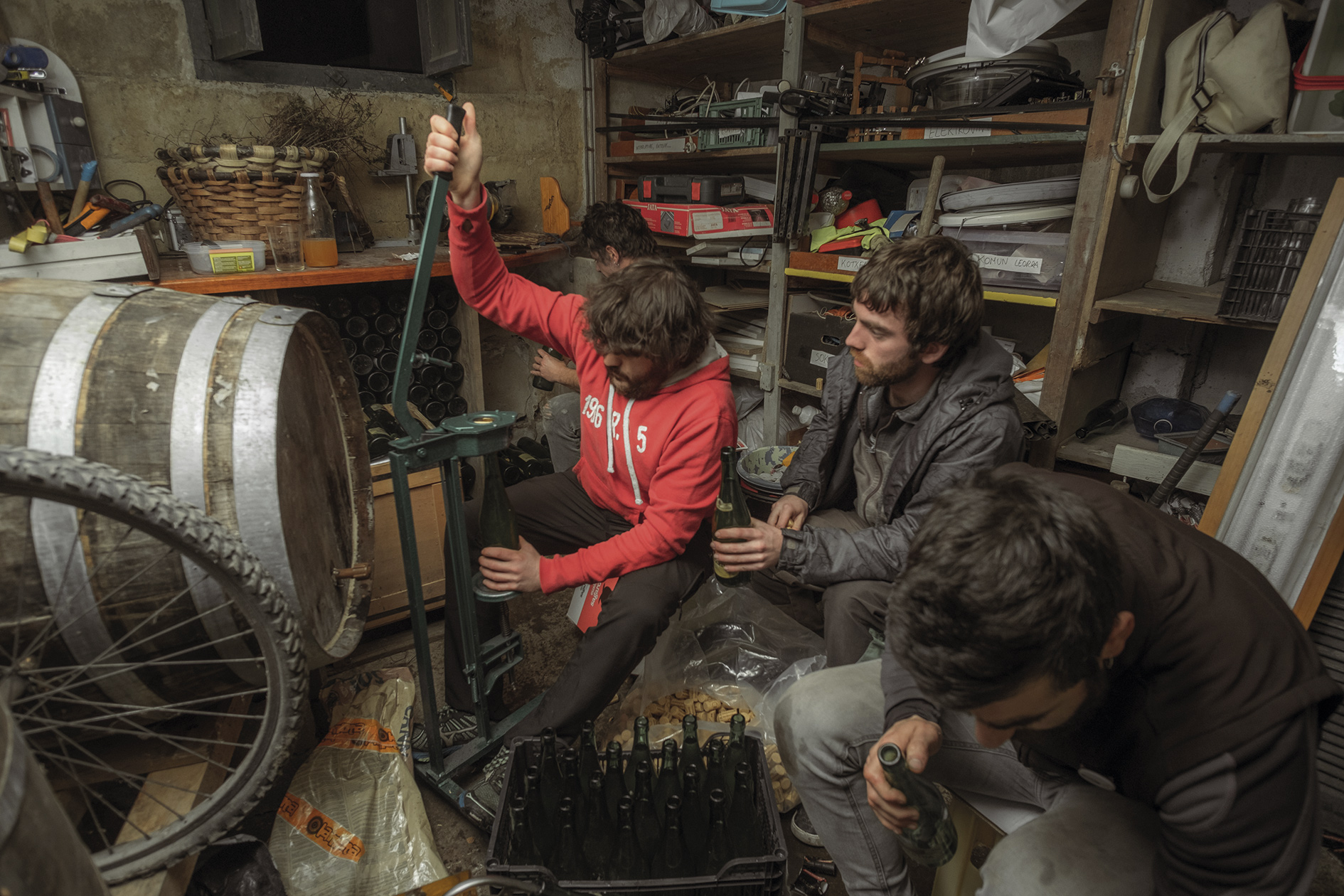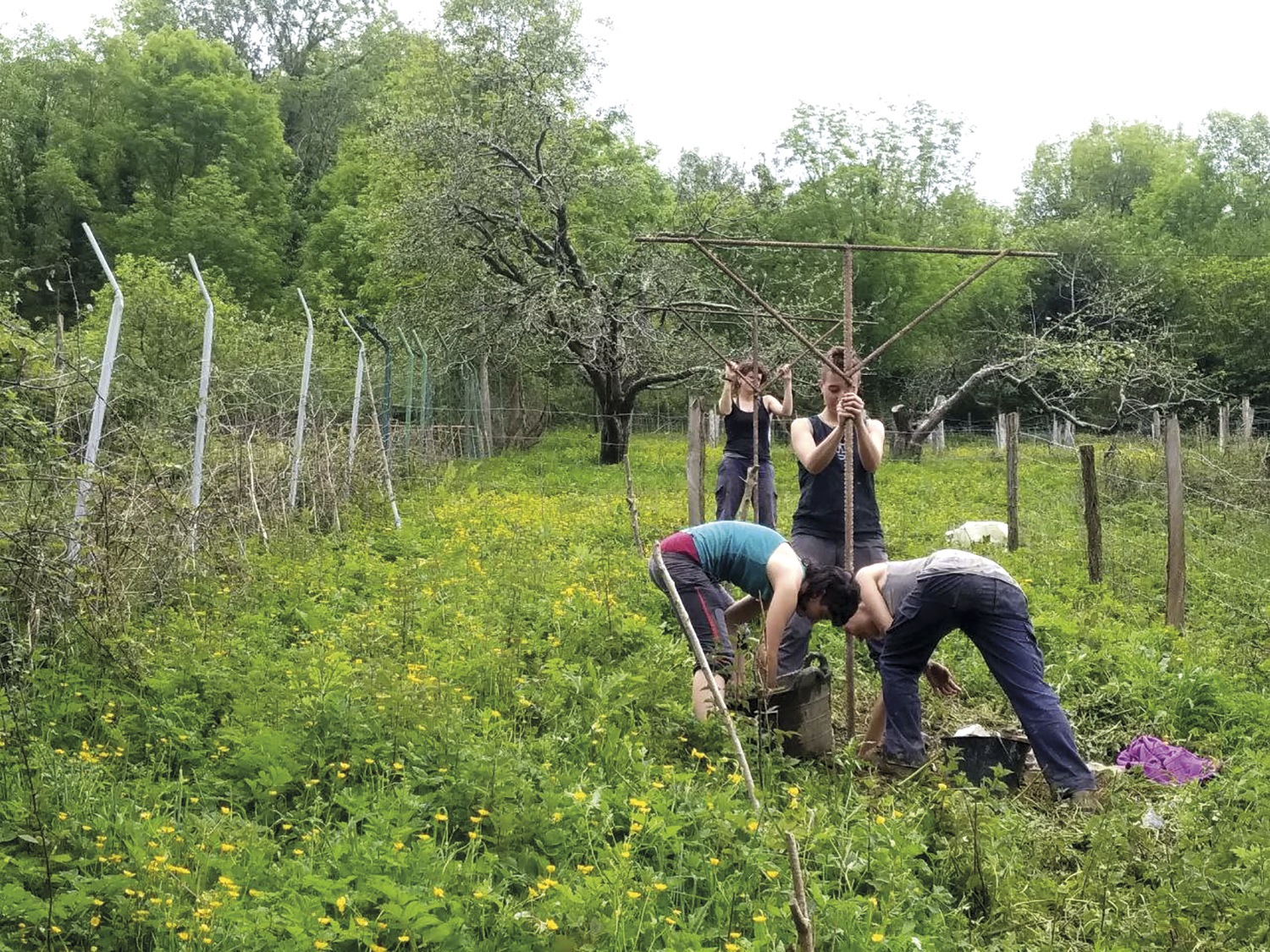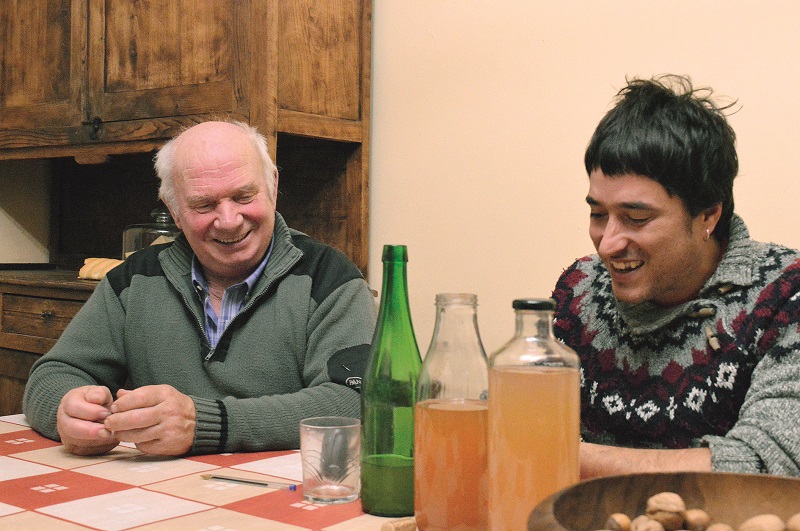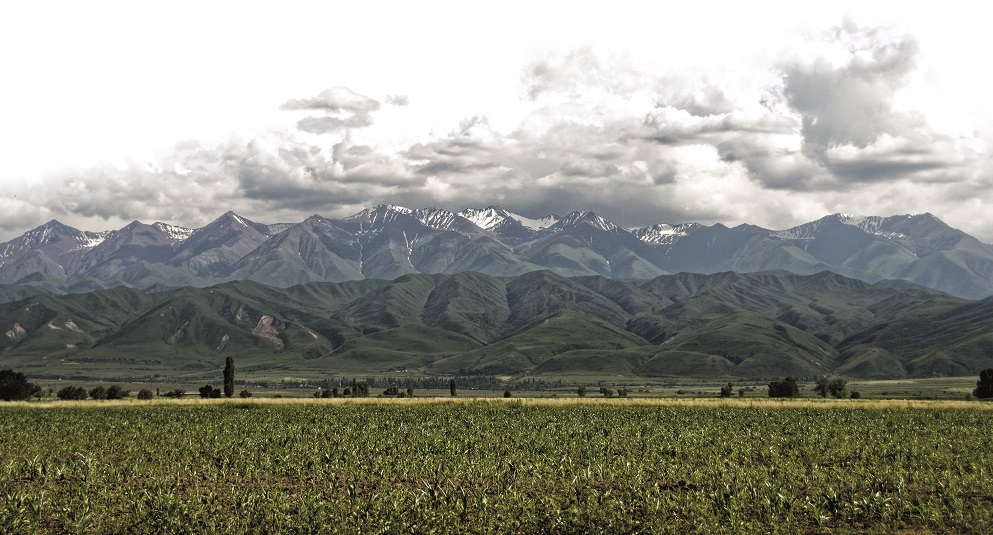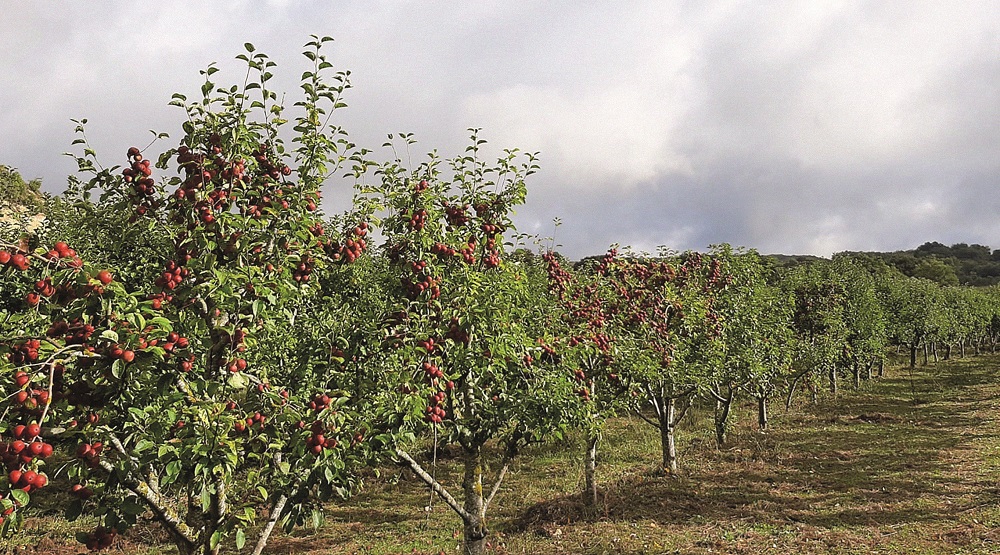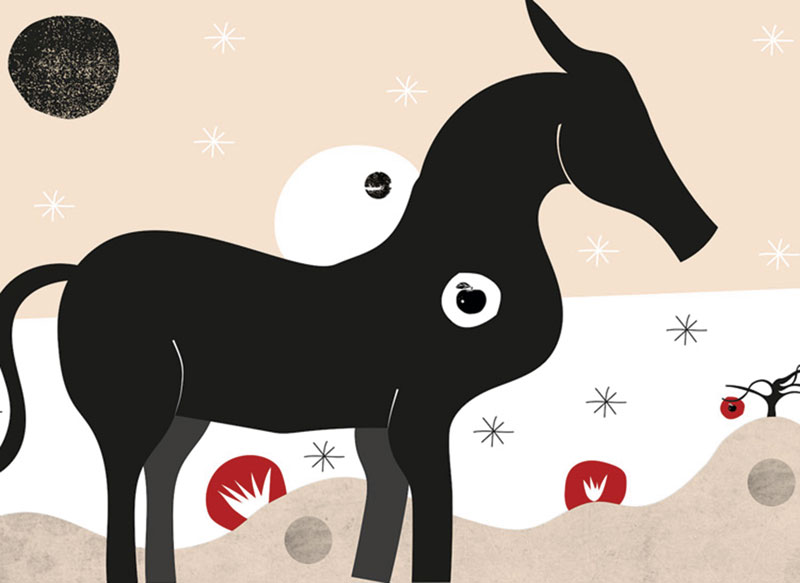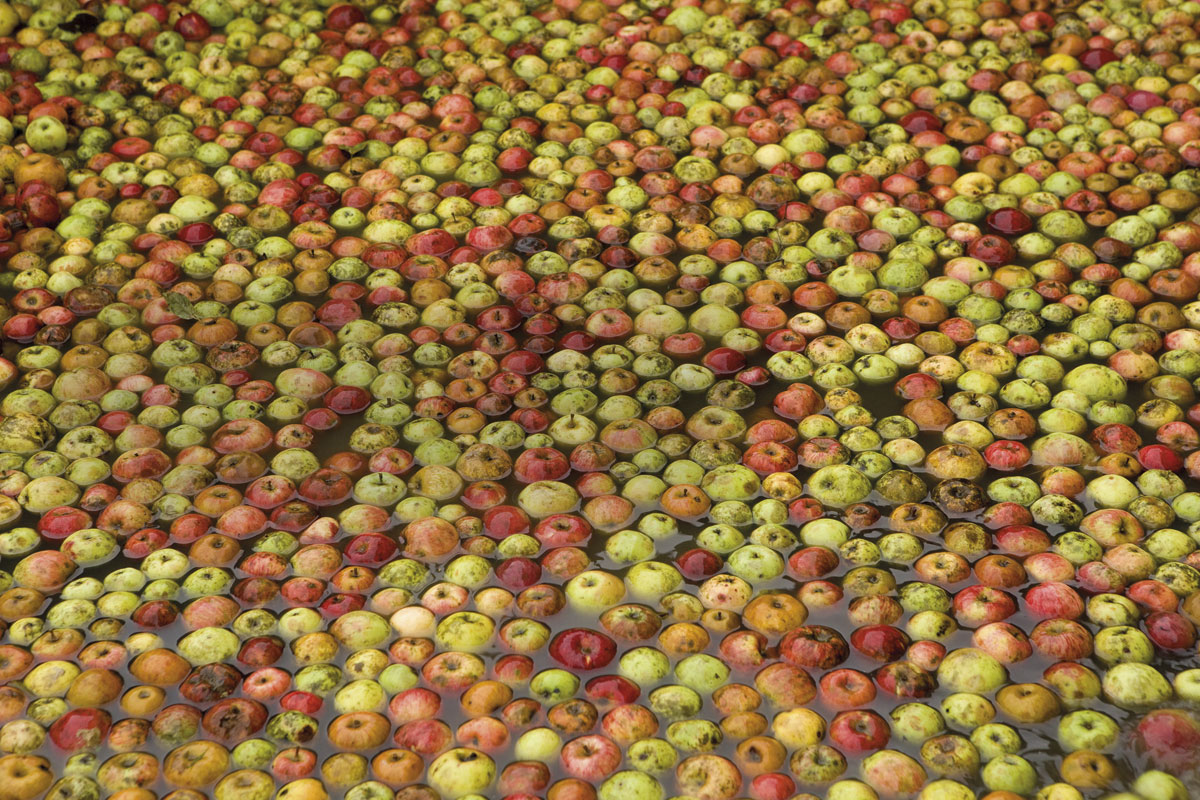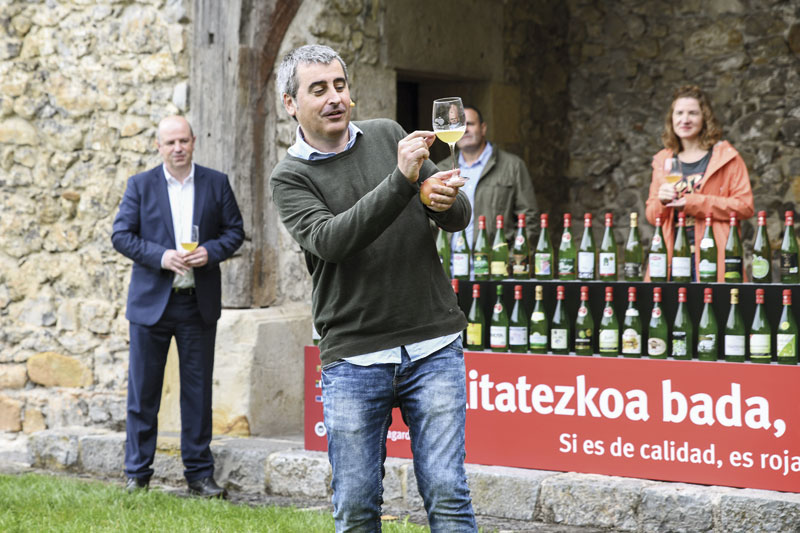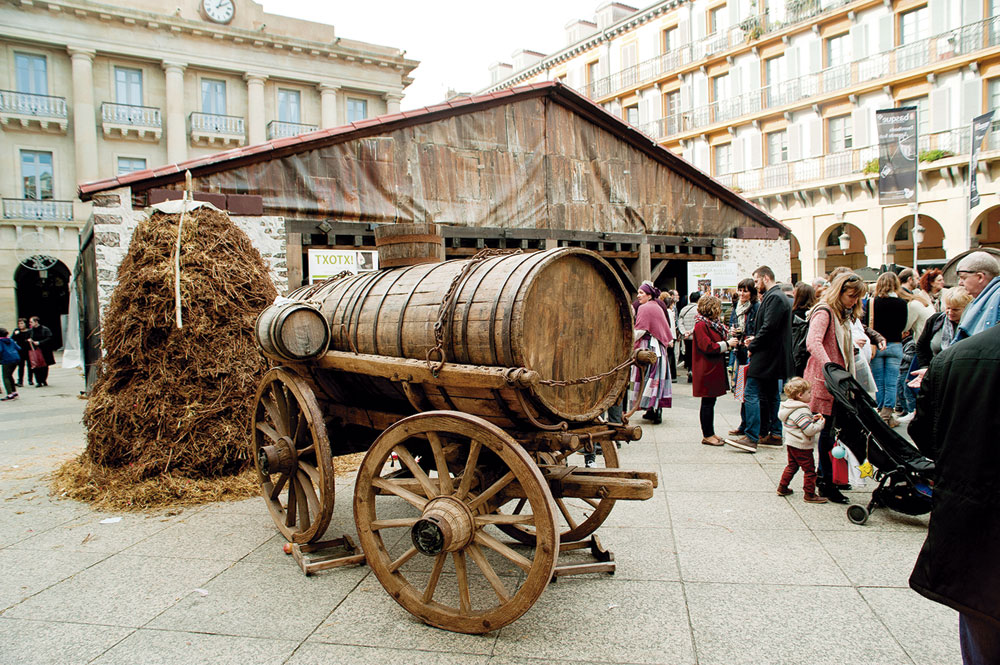Thin pieces of wood on the curved trunk
- There are few shows like the one to carry apples of flowers in the month of April. Waves of white flowers. Apple has been a food and drink for thousands of years. Raw, roasted and sweet apple; must, pitar, cider and vinegar. It has fine wood, good for carving and suitable for small pieces, mangoes, etc. Also to make juices.
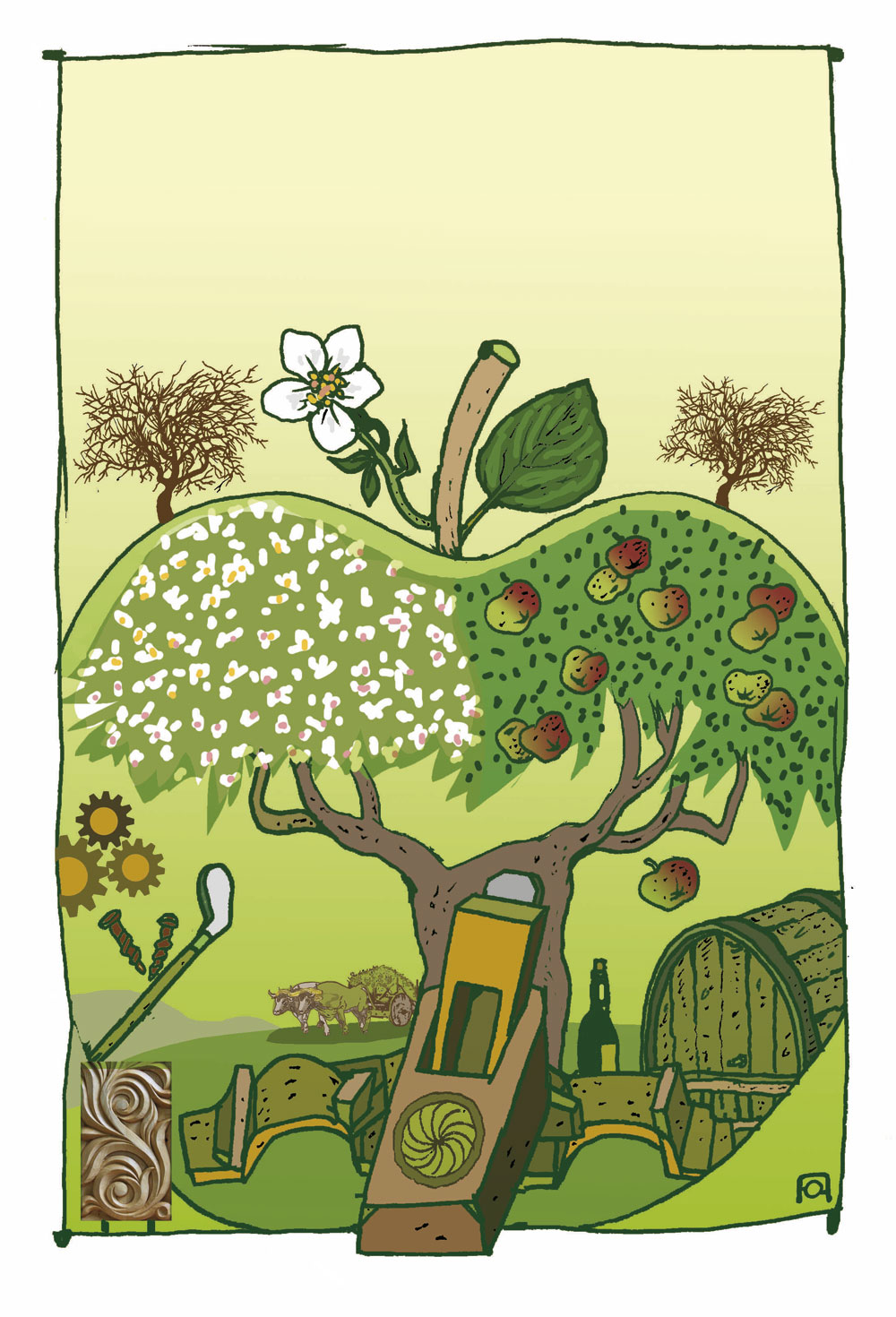
We have collected the text of the entry and the drawing you have on the next page. In the book you will find illustrations of a dozen trees, one for each month. And next to him, a brief explanation of his flowers, fruits and logs.
The apple tree is not a tall tree, it can have a maximum height of 8-10 meters, and it has the wrong trunk, partly like the cherry tree. Its wood is especially used to make small pieces. Its wood is thin, but hard. In order to work à la carte, it is necessary to dry slowly, as in this process it cracks and deforms. Once dry it is more stable and then you can hold the lathe and size well. There is no particularly strong market focused on the processing of apple wood, but the ebanisterity is a good piece to make small pieces. Not just for that. With its wood have been made screws, knitting tools (such as shuttles), golf clubs, carpentry tools (brushes, hammers, saw handles…), inlays, musical instruments, toys for children… Another thing is the amount of apples that is cut, or can be cut, to use in carpentry today and for us.









